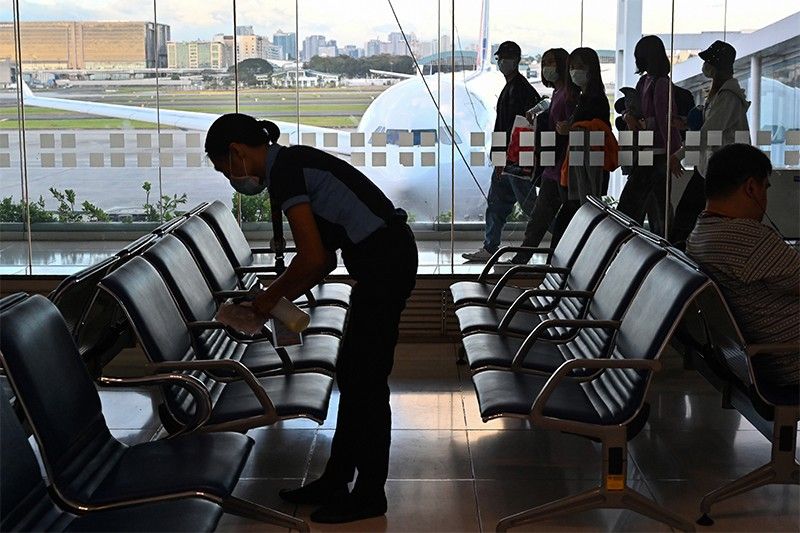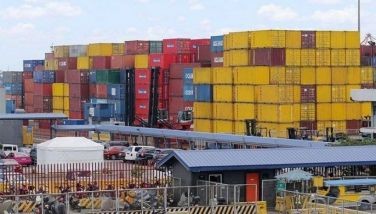Pandemic's damage to Philippine tourism seen bigger in 2021

MANILA, Philippines — The Philippines’ nascent tourism industry is expected to suffer bigger losses this year, as the ensuing threat of the hyper-contagious Delta variant triggers fresh restrictions and fears that could further cripple travel demand.
Travel receipts are forecast to collapse 80% year-on-year in 2021 that, if realized, would be worse than 79.5% contraction posted in 2020, the Bangko Sentral ng Pilipinas reported Friday. Explaining the revised forecasts, BSP Senior Assistant Governor Iluminada Sicat said in a press conference that the sector's recovery “will depend on the resolution of the health crisis."
The central bank said travel receipts are expected to grow at an annual rate of 25% next year, mainly due to so-called “base effects”. It is only in 2023 when dollars generated from tourism would recover to pre-crisis level, the BSP said.
Preliminary data from the BSP showed tourism receipts crashed 82.1% on-year in the first half of the year, as the government struggles to reopen the country to foreign tourists amid a sluggish vaccination and uncontrolled local outbreaks.
Before the emergence of the super-infectious Delta variant, the BSP had projected a 15% growth in tourism earnings for this year. But that target — together with the tourism department's own goal of capturing 10 million foreigners by 2022 — became difficult to achieve after a renewed surge in infections triggered harsh lockdowns in Metro Manila and nearby areas twice this year, which some sectors partly blamed to an early tourism reopening.
In turn, the expected decline in tourism receipts is expected weigh on a “modest” dollar surplus this year. The BSP now forecasts the country’s balance of payments (BOP) to post a $4.1 billion surplus in 2021, smaller than its previous projection of a $7.1 billion surfeit by yearend. Last year, the Philippines posted a $16.0 billion dollar surplus.
The BOP surplus would be narrower than initially expected mainly because imports are projected to grow 20% year-on-year in 2021, from the old forecast of 12% expansion. Exports, on the other hand, are expected to rise at an annualized rate of 14%, from 10% previously.
“Imports are reinvigorated by the infrastructure push under the government’s Build, Build, Build program leading to an accelerated rebound in demand for capital goods and raw materials as well as intermediate goods,” the BSP said.
Cash remittances, a major source of dollars, are seen growing 6% this year, faster than the previous projection of 4%, due to “increased global demand for foreign workers as host economies transition to recovery mode,” the BSP said. Meanwhile, the central bank kept its 5% growth forecast for earnings of the business process outsourcing sector.
Renewed risk-aversion from the Delta variant would hit foreign investments to the Philippines. This year, the BSP sees foreign direct investments yielding a net inflow of $7 billion, down from its earlier projection of $7.5 billion. Flighty foreign funds, also called “hot money”, are forecast to post a smaller net inflow of $4.3 billion.
Overall, the country’s dollar reserves are expected to amount to $114 billion in 2021, which would be lower than the BSP’s old estimate of $114 billion.
- Latest
- Trending




























